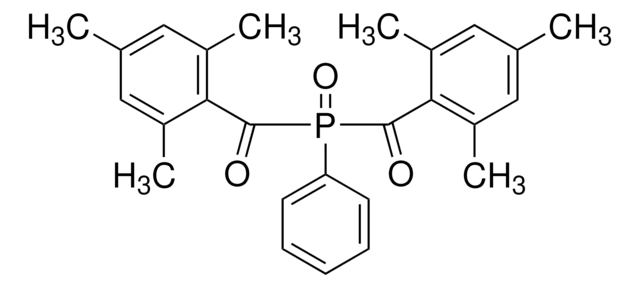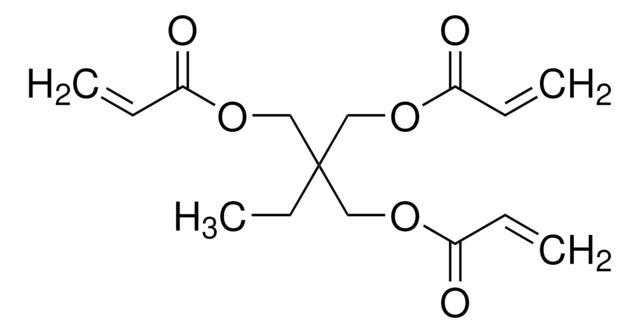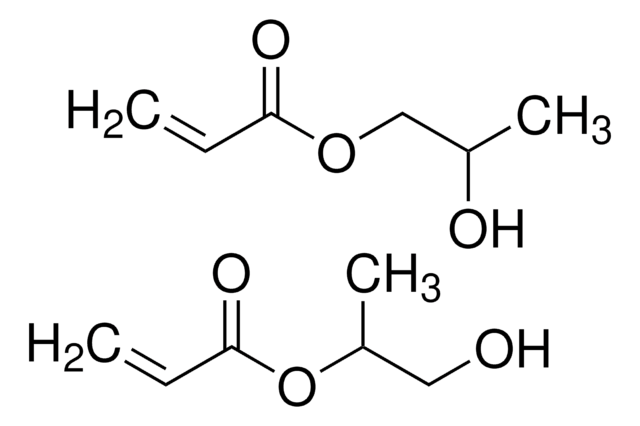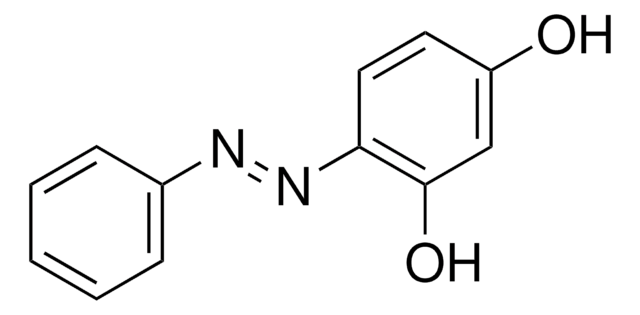398802
Tetra(ethylene glycol) diacrylate
technical grade, cross-linking reagent polymerization reactions, acrylate, 100-150 ppm HQ as inhibitor, 150-200 ppm MEHQ as inhibitor
Synonym(s):
TTEGDA
About This Item
Recommended Products
Product Name
Tetra(ethylene glycol) diacrylate, technical grade, contains 100-150 ppm HQ as inhibitor, 150-200 ppm MEHQ as inhibitor
grade
technical grade
Quality Level
form
liquid
contains
100-150 ppm HQ as inhibitor
150-200 ppm MEHQ as inhibitor
reaction suitability
reagent type: cross-linking reagent
reaction type: Polymerization Reactions
refractive index
n20/D 1.465 (lit.)
density
1.11 g/mL at 25 °C (lit.)
Ω-end
acrylate
α-end
acrylate
polymer architecture
shape: linear
functionality: homobifunctional
SMILES string
C=CC(=O)OCCOCCOCCOCCOC(=O)C=C
InChI
1S/C14H22O7/c1-3-13(15)20-11-9-18-7-5-17-6-8-19-10-12-21-14(16)4-2/h3-4H,1-2,5-12H2
InChI key
HCLJOFJIQIJXHS-UHFFFAOYSA-N
Looking for similar products? Visit Product Comparison Guide
Related Categories
General description
Signal Word
Warning
Hazard Statements
Precautionary Statements
Hazard Classifications
Acute Tox. 4 Oral - Skin Sens. 1
Storage Class Code
10 - Combustible liquids
WGK
WGK 2
Flash Point(F)
235.4 °F - closed cup
Flash Point(C)
113 °C - closed cup
Personal Protective Equipment
Regulatory Listings
Regulatory Listings are mainly provided for chemical products. Only limited information can be provided here for non-chemical products. No entry means none of the components are listed. It is the user’s obligation to ensure the safe and legal use of the product.
FSL
Group 4: Flammable liquids
Type 3 petroleums
Hazardous rank III
Water soluble liquid
JAN Code
398802-1L:
398802-BULK:
398802-250ML:
398802-VAR:
Choose from one of the most recent versions:
Already Own This Product?
Find documentation for the products that you have recently purchased in the Document Library.
Customers Also Viewed
Our team of scientists has experience in all areas of research including Life Science, Material Science, Chemical Synthesis, Chromatography, Analytical and many others.
Contact Technical Service














